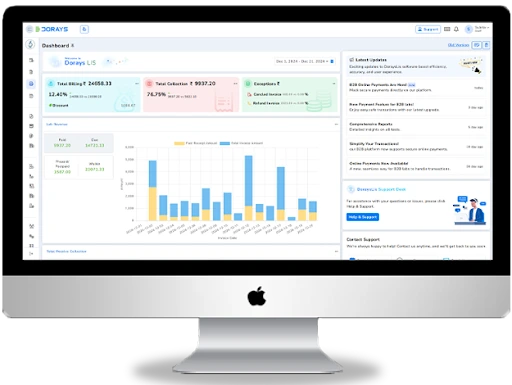

Effortless Lab Management Starts Here!
Experience the future of lab operations. One click to revolutionize your lab.
Discover the latest advancements, services, and features we're offering to enhance your experience at DoraysLis. We're constantly evolving to provide you with the best diagnostic services, cutting-edge technology, and expert care. Stay tuned for our new offerings and improvements that will make your visits more efficient and comprehensive.